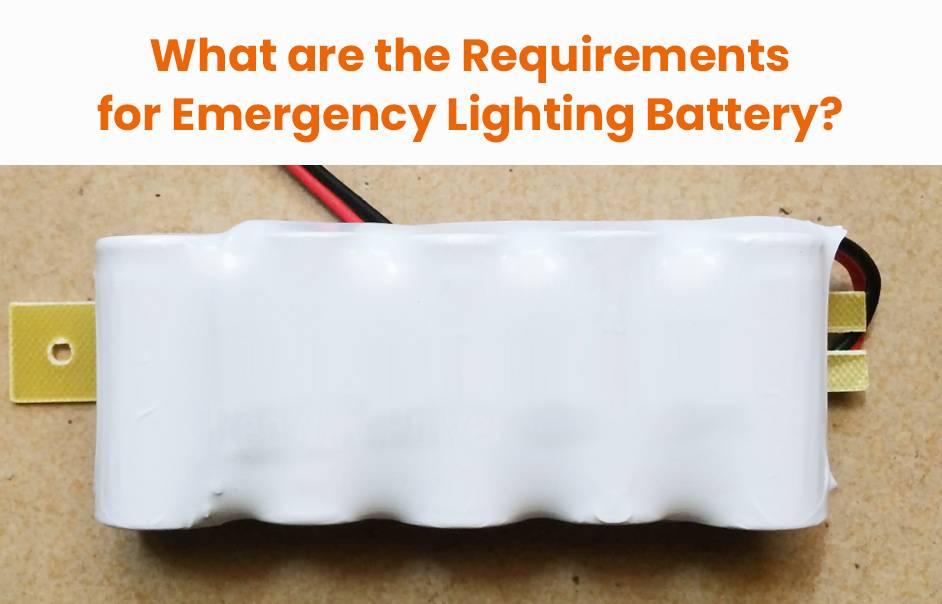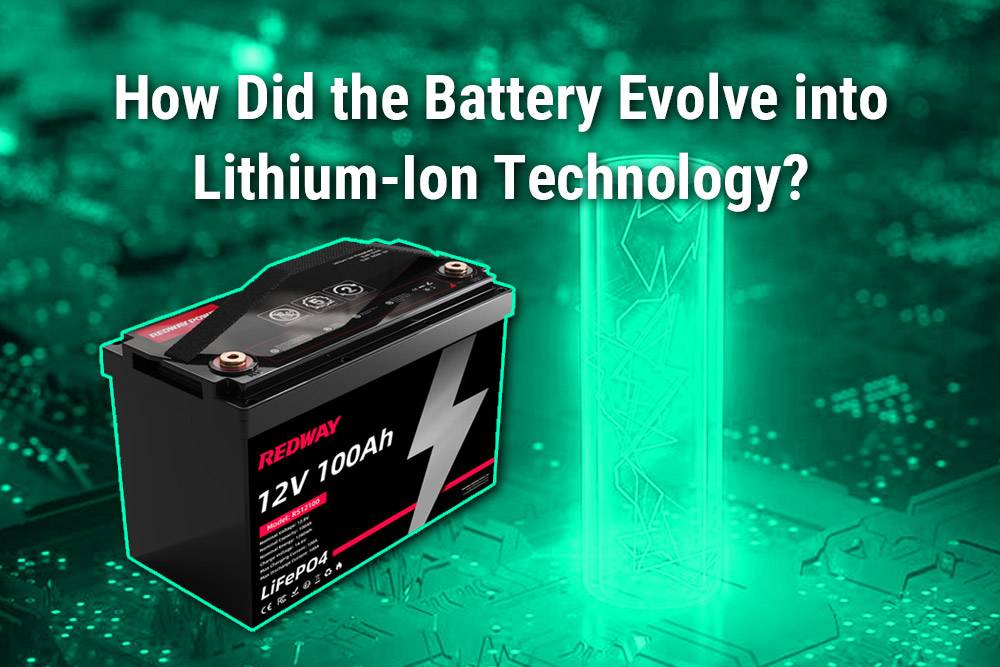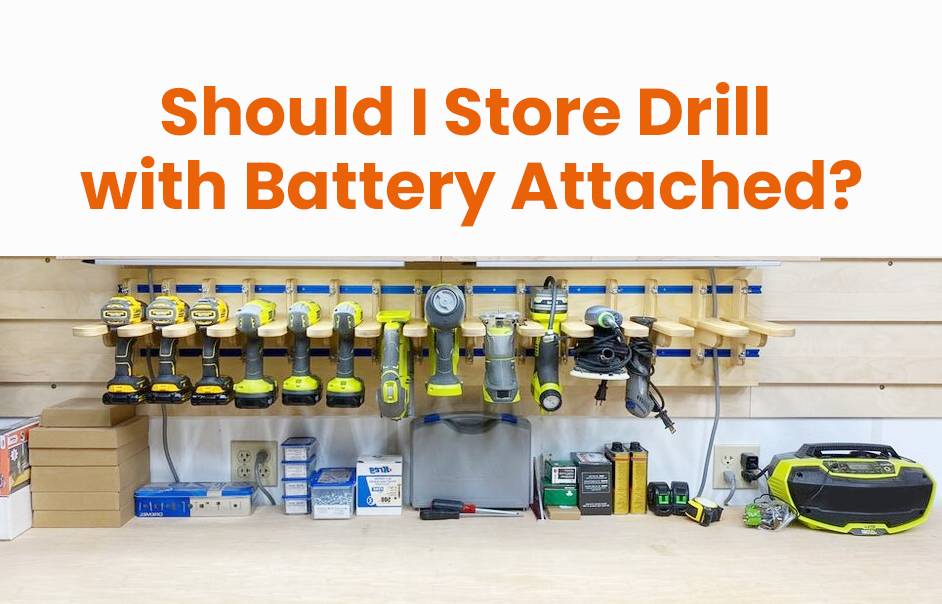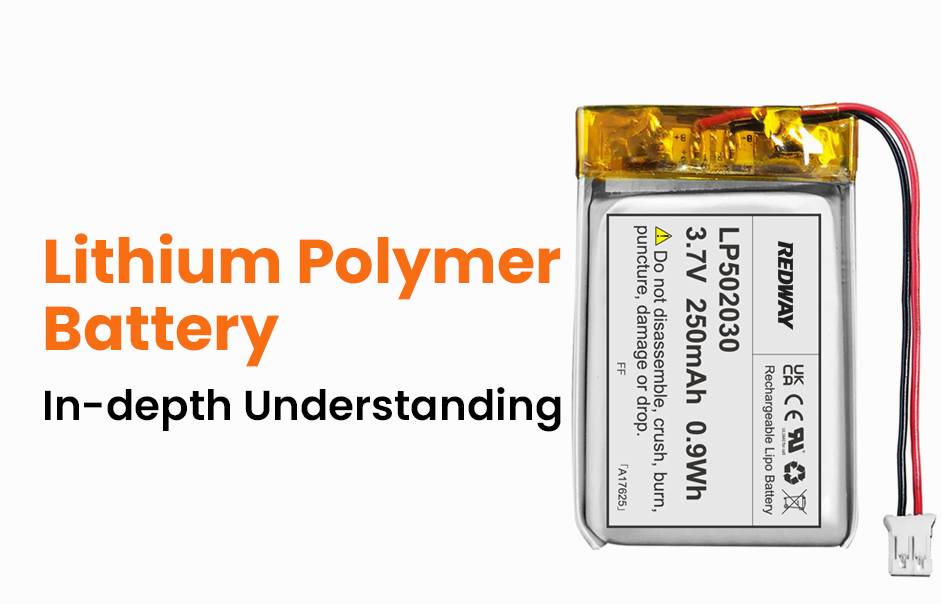Explore the essentials of emergency lighting batteries in our blog post. Whether in a building or at home, these batteries play a crucial role during power outages. Learn about the key requirements, factors for selection, and tips for ensuring longevity and optimal performance.
Importance of emergency lighting and its requirements
Emergency lighting is vital for ensuring safety during power outages or emergencies by providing illumination and guidance. Compliance with local building codes is crucial, specifying criteria like brightness levels, duration of operation, and light placement.
A reliable battery is essential for emergency lighting, serving as a backup power source. Factors to consider when selecting a battery include capacity, recharge time, and overall lifespan. Regular maintenance and testing are necessary to identify and address any issues that may affect battery performance. In conclusion, meeting regulatory requirements and ensuring reliable backup power are key aspects of effective emergency lighting systems.
Types of emergency lighting batteries
Emergency lighting systems utilize various types of batteries to ensure reliable performance during power outages or emergencies. Here are some common types:
- Sealed Lead Acid (SLA) Batteries:
- Advantages: Affordable, long lifespan, minimal maintenance.
- Considerations: Come in different sizes and capacities.
- Nickel-Cadmium (Ni-Cd) Batteries:
- Advantages: High energy density, withstand extreme temperatures, longer cycle life.
- Considerations: May require maintenance to prevent memory effect.
- Lithium-Ion (Li-ion) Batteries:
- Advantages: Lightweight, high energy density, longer runtime, faster recharge times.
- Considerations: Initial cost may be higher.
- Nickel-Metal Hydride (NiMH) Batteries:
- Advantages: Similar benefits as Ni-Cd without environmental concerns.
- Considerations: Comparable characteristics to Ni-Cd.
Choosing the right battery depends on factors such as budget, desired runtime, maintenance requirements, and compatibility. Regular maintenance is crucial for optimal emergency lighting system performance.
Factors to consider when choosing an emergency lighting battery
Selecting the ideal emergency lighting battery involves considering key factors. Here’s a simplified guide to help you make an informed decision:
- Battery Technology:
- Lead-Acid: Cost-effective but may need more maintenance.
- Nickel-Cadmium (NiCd): Longer lifespan, can endure extreme temperatures, but could be pricier.
- Lithium-Ion: Offers high energy density and longer life cycles but tends to be costlier.
- Capacity and Runtime:
- Assess the required capacity based on factors like building size, occupancy, and local regulations.
- Determine how long the battery can power emergency lights during an outage.
- Charging Time and Size:
- Consider the battery’s charging time, especially if rapid recharging is crucial.
- Ensure the battery fits properly into the designated space without causing obstructions or safety concerns.
- Warranty and Support:
- Check for warranty coverage and reliable technical support from the manufacturer or supplier.
- Opt for a reputable brand that offers dependable customer service for troubleshooting and maintenance needs.
By carefully weighing these factors, you can confidently choose an emergency lighting battery that aligns with your specific requirements, ensuring optimal performance during critical situations.
Maintenance and testing requirements for emergency lighting batteries
Maintaining and testing emergency lighting batteries is crucial for reliability during critical situations. Here’s a concise guide to effective maintenance:
- Visual Inspections:
- Regularly check for damage or corrosion on terminals, cables, and connectors.
- Replace any damaged components promptly to prevent further deterioration.
- Functional Testing:
- Conduct periodic discharge tests or use self-testing features if available.
- Record test results for future reference and analysis.
- Recordkeeping:
- Maintain a detailed log of all maintenance activities, including inspection and testing.
- Include information such as date, findings, actions taken, and personnel responsible.
- Follow Manufacturer Guidelines:
- Adhere to recommended maintenance schedules and procedures provided by the manufacturer.
- Gain insights into best practices for optimal battery performance.
By following these maintenance tips, you can significantly minimize the risk of battery failure during emergencies, ensuring reliable illumination when it matters most.
Tips for prolonging the lifespan of your emergency lighting battery
To ensure your emergency lighting system is always reliable, follow these tips for extending the lifespan of its battery:
- Regular Inspection and Cleaning:
- Periodically check for dirt or debris on the battery’s surface.
- Clean to prevent corrosion and maintain optimal performance.
- Routine Testing Schedule:
- Conduct monthly functional tests and annual full discharge tests as per regulations.
- Ensure the system functions correctly and meets safety standards.
- Proper Charging Practices:
- Keep the emergency lighting battery fully charged at all times.
- Follow manufacturer-recommended charging schedules to avoid undercharging or overcharging.
- Timely Battery Replacement:
- Monitor the age of batteries and replace them before they become unreliable.
- Aging batteries can lose capacity over time, impacting performance during outages.
- Stay Informed on Regulations:
- Familiarize yourself with safety codes and regulations governing emergency lighting.
- Compliance ensures functionality and adherence to public safety standards.
- Regular Training Sessions:
- Designate trained personnel for operating emergency lights during crises.
- Conduct regular training sessions to ensure familiarity with all emergency aspects.
By adhering to these guidelines, you’ll maximize the reliability and longevity of your emergency lighting battery. Proactive maintenance not only prevents potential issues but also ensures the safety of individuals who rely on the system during unexpected emergencies.












